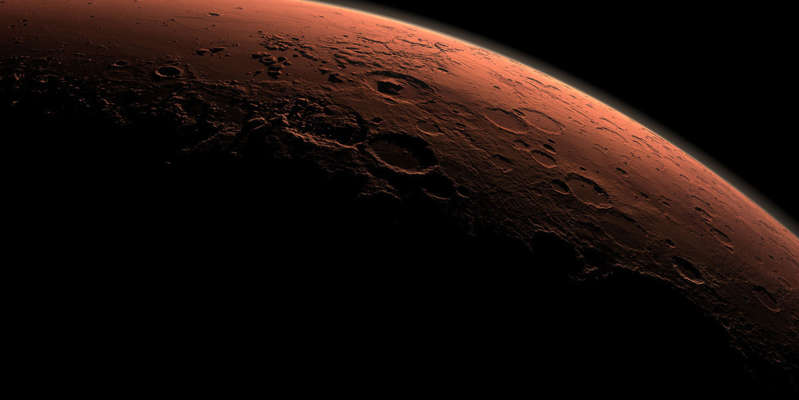Blueberry rocks on Mars may contain water
The stones, which have been stored at the Smithsonian Institution (USA) since the 19th century, may contain clues to the search for water on Mars. The rocks known as hydrohematite are very similar to the blueberry rocks from the Red Planet, according to The Daily Mail.
Hydrohematite was discovered by the German mineralogist August Breitaupt in 1843. It is devoid of iron, but contains hydroxyl, a compound that can be converted to water.
The Curiosity rover in 2004 discovered unusual structures that looked like spheres or blueberries. The device identified them as hematite, but scientists could not get more accurate information. The authors of the new study said they have found an analogue of such a rock on Earth.
“On Earth, these spherical structures are hydrohematite, so it seems reasonable to me to assume that the bright red pebbles on Mars are hydrohematite as well,” said Earth science professor Peter Heaney.
Scientists analyzed the rocks of the 19th century, including infrared spectroscopy and synchrotron X-ray diffraction. The results showed that the minerals are poor in iron and contain hydroxyl, which replaces some of the iron atoms.
Experts also determined under what conditions such breeds could form. At temperatures below 300 degrees Fahrenheit, in an aqueous alkaline environment, hydrohematite can precipitate, forming sedimentary layers.
“Most of the surface of Mars, apparently, arose when the surface was more humid, and iron oxides were deposited from this water,” – explained the scientists.
Experiments have shown that natural hydrohematite contains 3.6 to 7.8 percent water. The presence of such rocks on Mars has not yet been proven, but scientists expect to obtain new information with the help of improved instruments on modern rovers. If there are hydrohematites on Mars, then in ancient times it was a water planet, which means it could support life.
Previously, scientists have named a way to turn Mars into a second Earth. To do this, an asteroid should be dropped on the planet.

